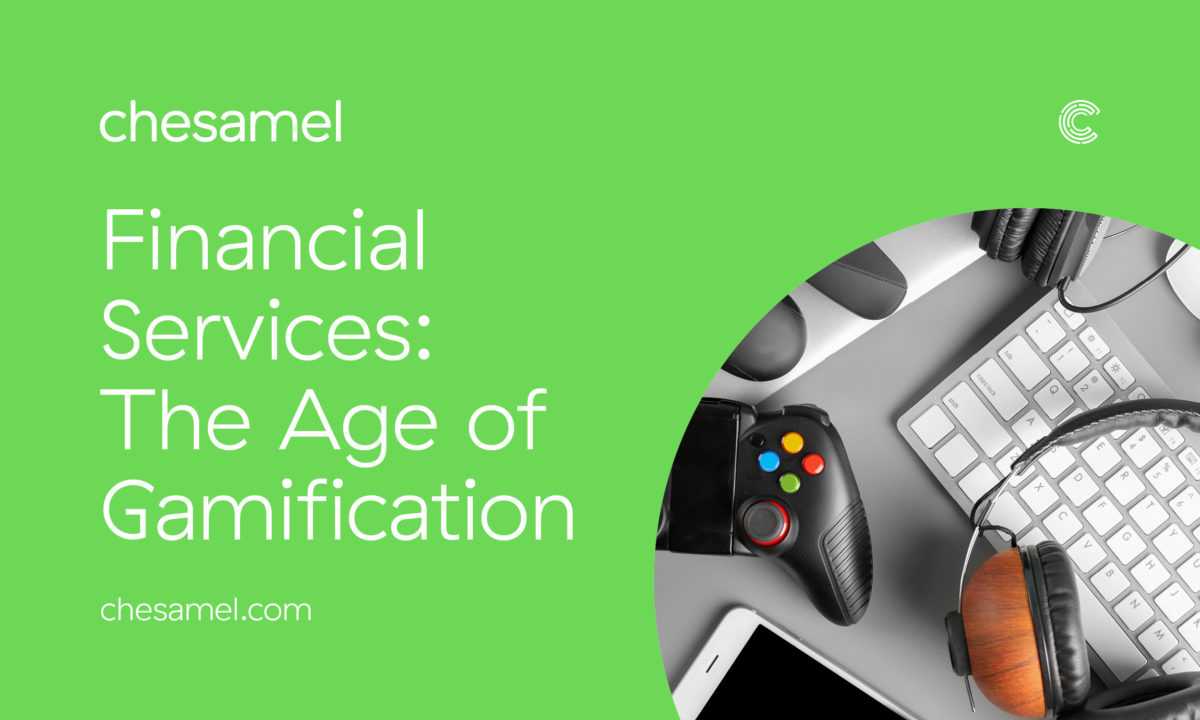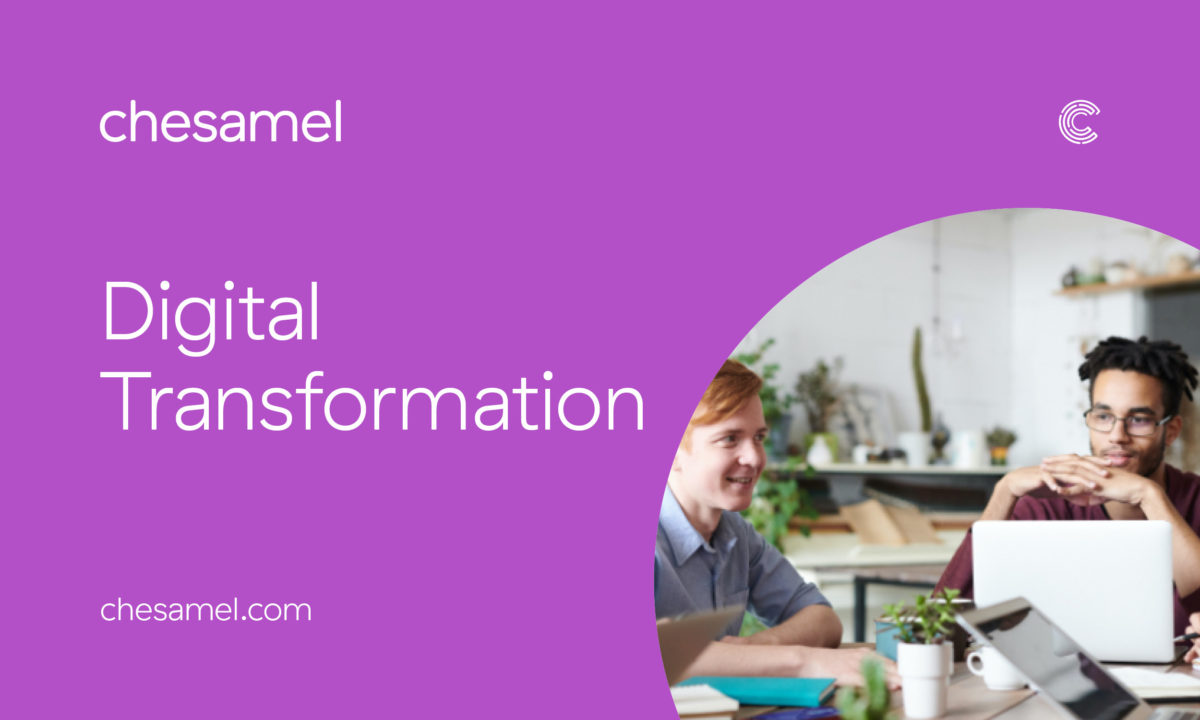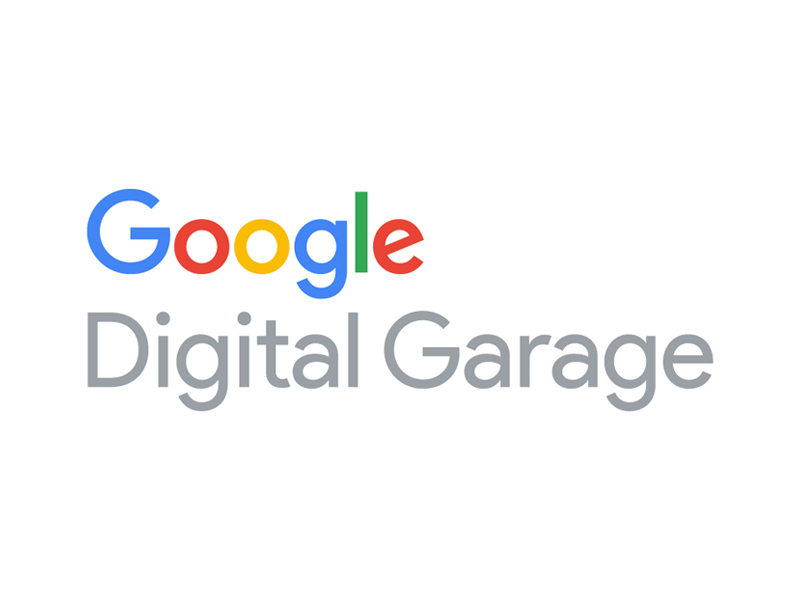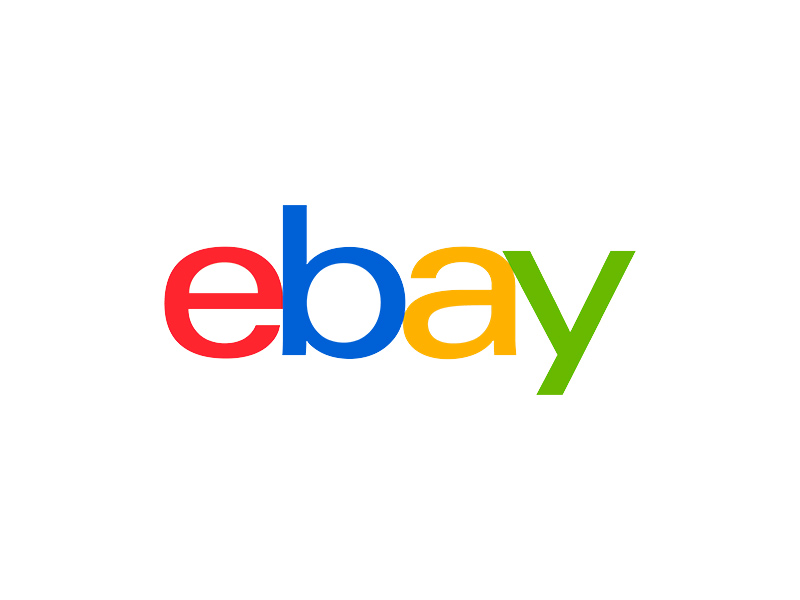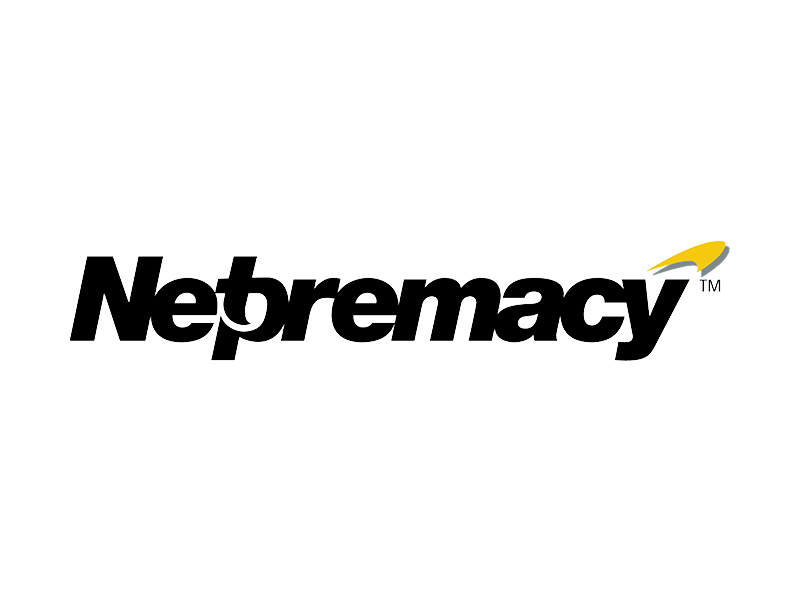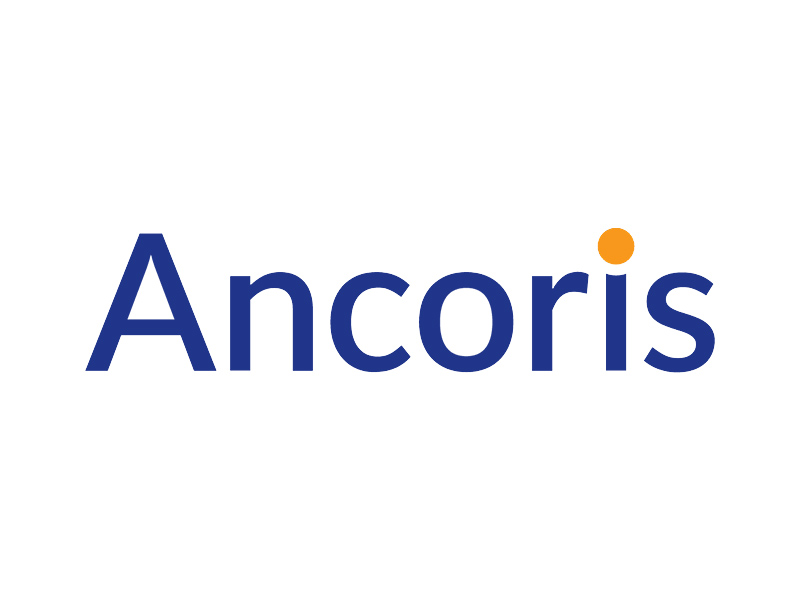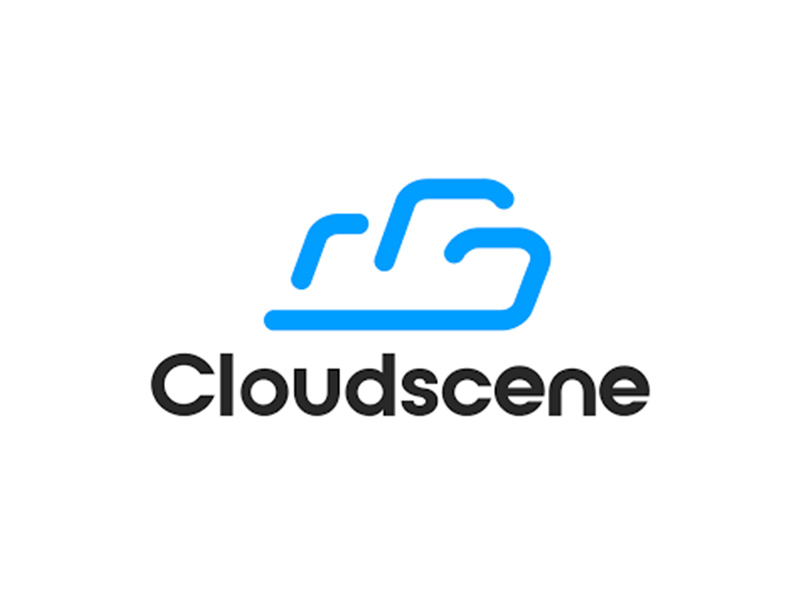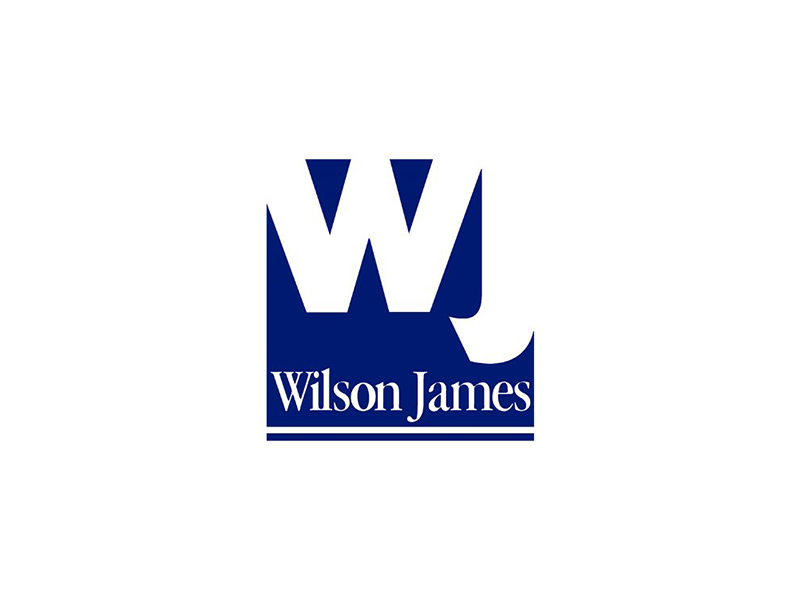Digital marketing is an ever-evolving field, and it is important for businesses to stay up-to-date on the latest trends in order to remain competitive. In 2022, there were several key trends that dominated strategy across industries and are expected to continue dominating the world of digital marketing into 2023. Never mind 2023, it’s likely these trends will shape the way businesses reach and engage with their customers for years to come.
With a global cost of living crisis to navigate, brands will need to be at the top of their game and plan accordingly if they wish to entice their increasingly discerning customers.
To reliably pick out these key trends, we’ll be leaning heavily on Seth Godin, who is a bestselling author, entrepreneur, and renowned thought leader in the fields of marketing and leadership. As well as an insightful report posted by Google that collates thoughts from their senior marketers.
We’ll first look at trends and lessons learned from 2022 and then look ahead to next year, predicting which trends will stand the test of time.
2022’s key trends
Value-driven marketing
Research suggests that the pandemic permitted a major and historic shift in consumer behaviour. The 2022 customer was more digitally savvy, health-conscious, environmentally concerned, price-sensitive, and local than in prior years. While worries over health, the environment, and the economy have always been on consumers’ minds in recent years, the demand for action was stronger.
They want businesses to make choosing sustainably easier for them. Additionally, they expect organisations to make a bigger social impact than ever before and to follow through on their commitments. In response, we’ve seen businesses shift their attention away from only attempting to minimise their own environmental effect and toward a more significant goal. They are becoming increasingly involved in grander missions in order to draw attention to crucial issues and spur action.
Mission-led brands that go beyond the bottom line and have a fundamental philosophy and concept got customers on board this year. This entailed dealing with fundamental concerns like sustainability, inclusion, and diversity.
The creator economy
Marketers started to seek out creators with a voice and a following as brand recognition shifted away from being mostly reliant on lead generation on social media.
In a world where people are increasingly time-pressed, it was difficult for marketers to provide content that engaged consumers. That’s where content creators—who don’t necessarily have to be high-level influencers—came in. There was an incentive for brands to invest time in producing content that a business may use, thanks to the introduction of content creator funds on TikTok, YouTube and Twitch.
Micro-communities and consumable content
The genius of TikTok is its capacity to segregate and build specific groups, which trend analysts think is what makes it so well-liked. By linking users to people who share their interests and are like-minded, these communities help users feel like they belong.
Being an early adopter of these communities was extremely beneficial this year, giving businesses the chance to enter an untouched market and make their brand synonymous with it. The best way to tap into these communities is by speaking their language.
Short-form, interesting, genuine content is the foundation of consumable content, and we definitely saw a steep increase in brands utilizing this in 2022. A billion-dollar budget is no longer necessary for brands to produce meaningful content. As we saw, consumable content can be as simple as pulling out a phone and choosing a popular, on-trend theme to say something about your product or values.
According to experts, all of these trends will continue to flourish into the new year and will play a key role in marketing strategies for businesses that know what they’re doing.
Looking ahead
The problems brought on by the pandemic, geopolitical tensions, and economic instability will make 2023 a year of increasing attention. In order to expand and thrive, it will be increasingly crucial for businesses to be transparent, consider their messaging, do research, and adjust their strategies. Additionally, it implies that marketers must be aware of future trends in order to prepare ahead and capitalise on any innovations.
One of the biggest changes we’re likely to see in the coming year is a shift away from traditional advertising and toward more authentic experiences. As consumers become increasingly savvy and sceptical of traditional advertising, companies will need to find new ways to connect with their audiences and build trust.
Authentic storytelling
One way to do this is through the use of storytelling and content marketing. By creating compelling, engaging stories that resonate with their customers, companies can build stronger connections and foster a sense of trust and loyalty. This can be done through a variety of mediums, including blogs, social media, and video content.
Personalized marketing
Another trend that both Godin and Google’s senior marketers picked up on that will continue to gain momentum in 2023 is the rise of personalized marketing. With the proliferation of data and technology, companies will be able to tailor their marketing efforts to individual customers, delivering highly relevant and engaging content that resonates with each person. This will require a shift in mindset for many marketers, who will need to focus on building relationships and fostering trust rather than simply pushing products and services.
Environmental and social impact
In addition to these trends, experts also believe that we’ll see a continued emphasis on ethics and social responsibility in marketing. As was a big trend in 2022, consumers will become more aware of the impact of their purchasing decisions on the world around them, companies will need to be transparent about their practices and consider the social and environmental impact of their products and services.
AI and machine learning
Artificial intelligence (AI) and machine learning have increased in the marketing sector in recent years. Today, chatbots, virtual assistants, and other automated marketing avenues are valuable methods to start utilising AI and Machine Learning. These are simple to adopt, affordable and can have a significant impact.
These technologies have advanced in sophistication while also becoming more accessible and less expensive. As a result, more companies are starting to use AI and machine learning to enhance their operations and compete more effectively in the market. AI and machine learning will help firms increase their productivity and become more nimble and sensitive to change by automating processes and giving data-driven insights.
Conclusion
Overall, it’s clear that the world of marketing is changing, and companies that are able to adapt and evolve will be the ones that thrive in 2023 and beyond. By embracing authentic experiences, personalized marketing, and a focus on ethics and social responsibility, companies can connect with their customers on a deeper level and build strong, lasting relationships.
Work with us
If you’d like to know more about our marketing services, get in touch for a chat. We have over nine years of experience helping businesses achieve results through 360ᵒ marketing support.



